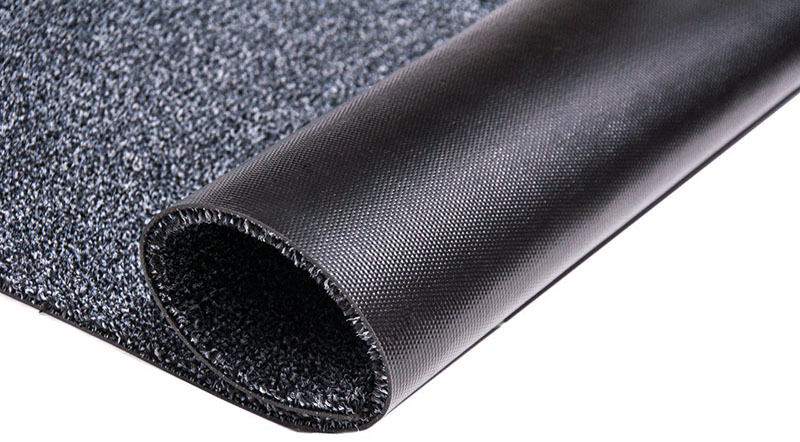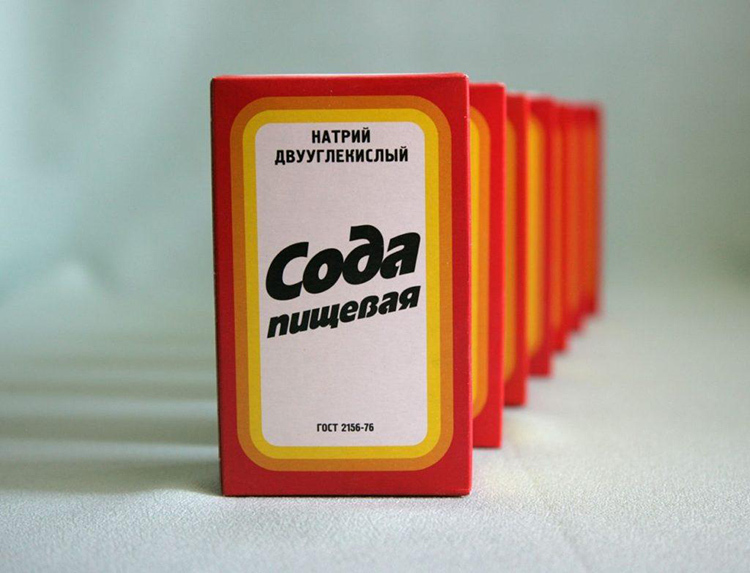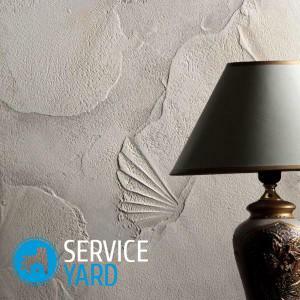
- Why is it worth priming the walls?
- Why do I need a primer?
- Types of primers
- Primer for wallpaper - which is better for preparing the wall for wallpapering?
- Priming walls for wallpaper
- Useful recommendations to help avoid the most common mistakes:
During many repairs, the priming step is mandatory, and it does not always depend on the material at the base of the design, but more often on a set of factors. Which primer is better for walls under the wallpaper?- This question can not be given an unambiguous answer, because you need to take into account several important nuances. If in "two" words, then you need to take into account which wallpaper you will glue on which surface. In this article, we will go into details about the correct choice of a wall covering for walls.
to the contents ↑Why should walls be primed?
And whether it is necessary to apply this very primer, because before repairs it was fine without it. Maybe it's fiction marketers for pumping money?
We are forced to disappoint you, we'll have to shell out for the ground. After all, we live in the 21st century, so we are unlikely to glue paper wallpapers to newspapers. In the market of building materials, buyers have long preferred vinyl, non-woven, liquid wallpaper and wallpaper for painting. They are much heavier than paper. In addition, the walls of modern houses for a long time are not limited to concrete and brick. It can be plasterboard, gas and foam blocks, expanded clay concrete, various kinds of putty, plaster. And all these materials require their own approach to combine the surface and the type of finish.
Important! The better the walls are primed before wallpapering? If you want to make cosmetic repairs from cheap materials, then you can not spend money on the primer. Under paper wallpaper on a brick or concrete wall, wallpaper paste or water diluted( 1: 7) PVA glue will completely come down instead of the ground.
But if you want to do everything qualitatively and correctly, then cover the walls with a primer necessarily. In this case, priming the walls with glue before gluing the wallpaper will be a bad option.
to the contents ↑What is priming used for?
Primer is an intermediate link between the finishing finish and the base. This link plays an important role in the quality of all repairs. So, what does the primer do?
- Increases the wall and finishing materials, wallpaper, for example.
- Impregnation of the wall with soil reduces the consumption of wallpaper glue.
- Primer increases the moisture resistance of the wall, while not reducing the air circulation.
- The primer further flattens the wall surface, filling the pores, cracks, small irregularities.
- Primer application is an additional dust removal of the surface after preparatory work.
- In good primers, preparations are usually added to prevent the appearance of fungus, mold, rust.
- The ground does not allow the lower layer of wallpaper to delaminate.
As you can see, the advantages of a primer are a lot. In addition, applying it to the wall is not particularly difficult. You only need to stir it in a bucket and roll the wall with a roller.
Adhesive PVA for priming walls for wallpaper, as well as wallpaper paste, can be considered as an economical version of the primer. But they do not perform so many functions - they only slightly improve the coupling of the wall to the wallpaper and then, not for all kinds of surfaces, they will fit.
Important! For a painted, wooden or metal wall, a special primer is required, here PVA will not help out.
to content ↑Types of
primers There are two groups of primers:
- adhesive - improving the coupling of two surfaces;
- firming - fastens the surface particles together and fills the pores.
But by the form the soils are divided according to the surface on which they are applied:
- Acrylic.
- Alkyd.
- Glyphthalic.
- Mineral.
- Perchlorovinyl.
In appearance they can be in the form of a liquid solution, concentrate or a dry mixture.
Important! Before you make a purchase, measure the area of your walls, since the container with the soil is designed for a certain quadrature. Do not forget to take into account the number of layers that will have to be applied - depends on the features of the surface.
Now let's examine in more detail each kind of soil.
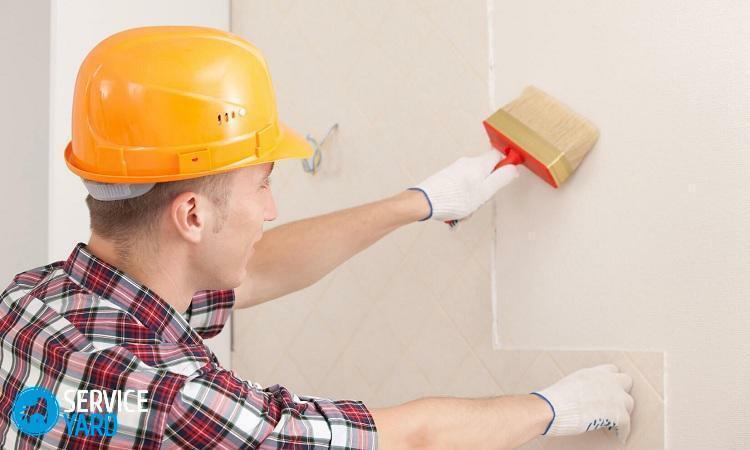
Acrylic( emulsion) primer
Probably the most versatile of all, as it is suitable for most types of surfaces: concrete, brick, wood, plywood, even bulk plaster.
Important! The only surface not intended for acrylic primer is black metal.
Features of acrylic primer:
- Acrylic primer for internal work is easily soluble in water, has no unpleasant odor and dries fairly quickly( from 2 to 5 hours).
- There are several varieties of this soil:
- impregnating - is intended for impregnating a loose substrate deep into 10 cm;
- strengthening - does not penetrate deeply, it is necessary for connection of a fine fraction on a surface, that is strengthens the basis;
- adhesive - lies on the surface with a thick film and aligns the substrate.
Important! Good products are the products of Primer, Kompozit, Founding, Knauf, Perfecta, Starateli.
Alkyd primer
Designed for wooden, even previously painted( indoors) and metal( inside and outside the room) surfaces.
Important! A strong alkyd primer can also be used for galvanized steel, glass and tiles. But for plaster and plasterboard it does not fit.
Features of the alkyd primer:
- This primer is soluble in organic solvents, therefore it has a characteristic odor. It dries 10-16 hours.
- They are divided into zinc chromate-containing and those that contain zinc phosphate.
- Designed for wood surfaces - fasten pores of wood, reduce absorbency, prevent swelling of fibers, and also protect from rot and mold.
- Primers designed for metal, convert rust and prevent its further spread.
Important! Such soils are represented by the brands "Kompozit", "Aura", "Tikkurila".
Glyftal primer:
- Suitable for wooden( wood and lumber) and metal( ferrous and non-ferrous metals) surfaces, to prepare them for painting.
- Suitable for surfaces that are more or less resistant to moisture.
- The coating is homogeneous, solid, anti-corrosion, with a high degree of adhesion.
Important! The oldest primer from this series GF-020, now instead of it take GF-0119, GF-021( there is a quick-drying kind).The coating dries for about a day.
Mineral primer
It is made with the addition of lime, gypsum or cement. It is used for processing concrete( also expanded clay concrete), bricks( including gas silicate bricks), as well as plastered surfaces.
Features of the mineral primer:
- After application, it fills the pores of the surface well.
- Drying literally for a couple of hours.
Important! At high humidity in the room, the drying time may increase.
- Good reviews have primers from Primer, Remmers, Ceresit, Caparol.
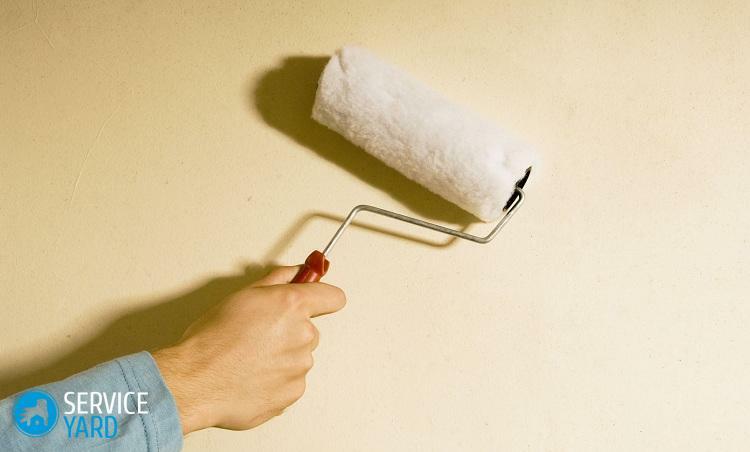
Perchlorvinil primer
Designed for brick, concrete, metal surfaces. Suitable for interior and exterior work. Most often it is used for metal surfaces that are covered with scale and rust.
Features perchlorovinyl primer:
- In the heat it dries pretty quickly, about an hour.
- In its composition, this primer contains toxic substances, therefore in residential premises its use is undesirable.
Important! Still there are such not often used kinds of a ground:
- Polyvinyl acetate - designed for concrete, brick, gypsum board and stone before applying polyvinyl acetate paint.
- Phenolic - designed for metal and wood before painting. Toxic.
- Polystyrene - for plaster and wood. Toxic.
Primer for wallpaper - what is better for preparing a wall for wallpapering?
Let's take a look at what primer to choose for the wallpaper wall:
- Practice shows that acrylic primer is the most popular as the most universal, easy to apply, non-toxic and without a strong smell. It is suitable for most walls, it is also used before applying liquid wallpaper, although in this case the primer is applied in several layers.
- If you will not glue wallpaper in an apartment, but, for example, in a garage or at a dacha, where the conditions are not quite standard, then study the features of all types of primer and choose the right option.
Let's wall the walls under the
wallpaper To do everything in order and correctly, you need to prepare the necessary tools in advance and study the process in detail.
Required inventory for work:
- A bucket to stir the mixture.
- Bath.
- Roller. It is desirable with a telescopic handle, so you do not have to carry a chair or a stepladder behind you.
Important! The surface of the roller head can be made of foam rubber, velor or pile.
- Brush. It will be required for corners and hard-to-reach places.
Sequence of priming procedure:
- Before priming, prepare the surface. To do this, you need to clean the walls of sockets, nails and screws, old wallpaper, whitewash and plaster. If the wall was previously painted, then the paint should be removed.
Important! It is more convenient to remove oil paint with a spatula or a special scraper - it will fall off layers. And it is more difficult to remove water emulsion - it is necessary to clean it with sandpaper.
- When the surface is cleaned, we mix the soil according to the instructions, pour the portion into the paint bath and start to apply the roller on the walls.
- Collect a quantity of primer on the roller so that it does not flow down streams along the wall.
Important! There should be no flow, but also make sure that there are no dry areas left. The surface of the wall should be evenly covered with soil. Difficult to reach places with a brush.
- Next, waiting for the drying of the first layer.
Important! Each type of primer has its own drying time.
- If necessary, we apply the second and subsequent layers.
- Only after the surface is completely dry, proceed to finish it, for example, gluing wallpaper.
Useful advice to help avoid the most common mistakes:
- Do not apply dispersion and water-based paints in place of the appropriate primer.
- Do not rush to glue the wallpaper, let the ground dry completely.
- Always try to apply two coats of primer, as during primary processing you can skip some areas.
- When choosing a primer, properly correlate the type of surface and the type of finish.
- When buying soil, carefully read the contents on the label. You can sell ordinary PVA glue under the guise of quality raw materials.
- If you do a good repair "for ages", then do not stint on high-quality building materials, choose a primer of proven manufacturers.
It is better not to miss the stage of priming the walls during the repair process, because this is a kind of guarantee for the quality of the cosmetic coating. Primer glue before wallpapering is not always suitable, in most cases it will be better to purchase specially designed raw materials and to process the walls. Correctly choose it and produce the work will help recommendations from this article.

